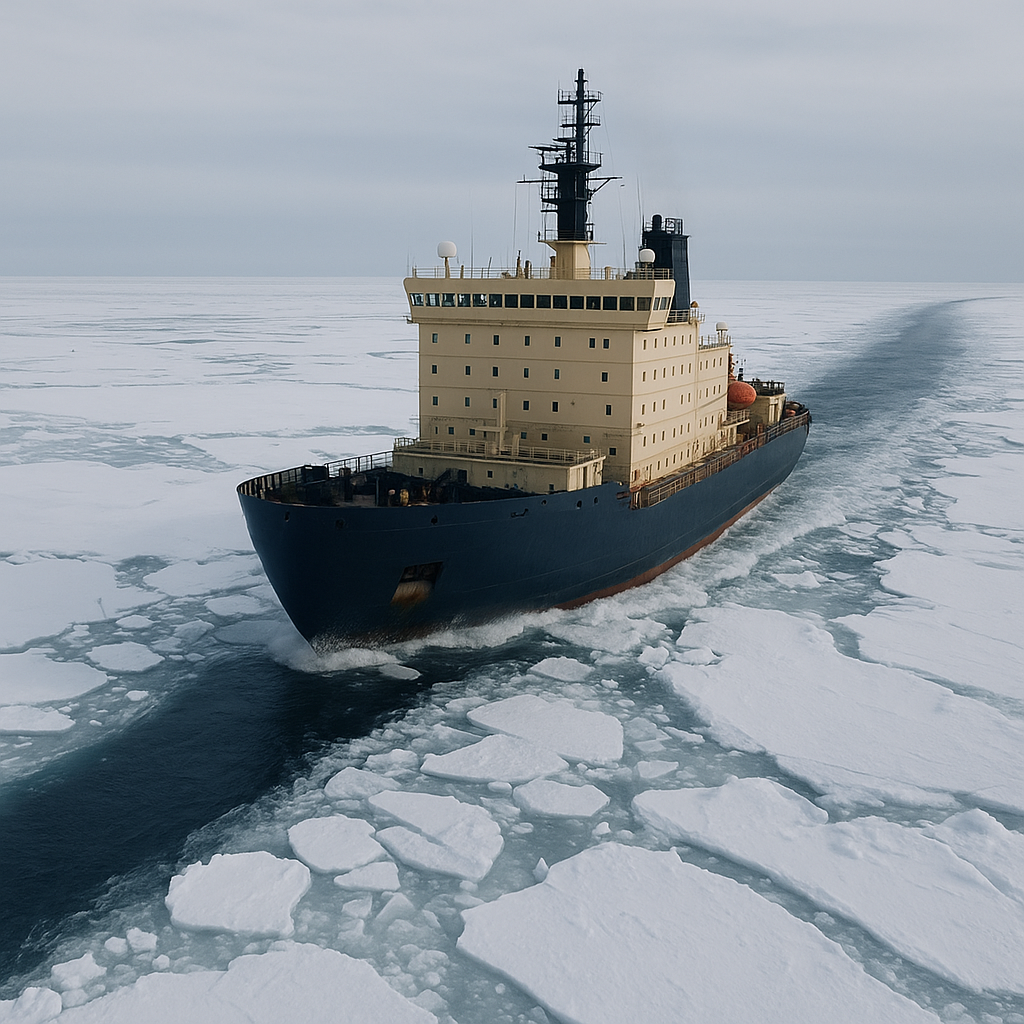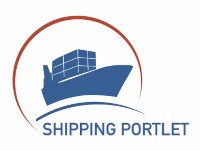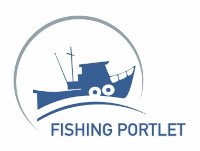 All Arctic states that are parties to the international maritime legal regime have implemented its framework within their national legal systems. The global application of uniform rules and standards has enabled Arctic national authorities to align these international obligations with their domestic legal frameworks.
All Arctic states that are parties to the international maritime legal regime have implemented its framework within their national legal systems. The global application of uniform rules and standards has enabled Arctic national authorities to align these international obligations with their domestic legal frameworks.
This harmonization allows Arctic states to adapt international maritime standards into home rule regulations, tailored to their specific geographical and operational needs in the Arctic environment.
The Role of UNCLOS Article 234 in Arctic Jurisdictions
The Governments of Canada and Russia, in particular, have exercised their right to enforce specific legal standards for Arctic shipping based on Article 234 of the United Nations Convention on the Law of the Sea (UNCLOS). This provision allows coastal states to adopt and enforce non-discriminatory laws and regulations to prevent, reduce, and control marine pollution in ice-covered areas within their exclusive economic zones.
Under this legal basis, both countries have introduced specialized shipping requirements for Arctic waters, reflecting the need for stricter control due to environmental sensitivity and navigation risks in polar conditions.
Canada’s National Maritime Legal System
In Canada, maritime administration is overseen by Transport Canada, which works in close collaboration with the Canadian Coast Guard and the Department of Fisheries and Oceans.
Transport Canada is responsible for:
- Implementing safety and security regulations for maritime operations
- Enforcing pollution prevention measures
- Administering Canadian ports and shipping standards
Key regulatory documents and guidelines that form the foundation of Canada’s Arctic maritime legal system are available in the Arctic Shipping Library, a repository for national rules relevant to Arctic navigation.
Russia’s National Maritime Legal System
Russia initiated the development of Arctic marine regulations when the Northern Sea Route (NSR) began opening to international traffic. This marked a pivotal shift in Russia’s maritime policy for the Arctic, necessitating clear legal guidance for foreign and domestic shipping operators.
Although the current Russian maritime legal framework has been updated, it is still fundamentally rooted in the Soviet-era laws implemented during the early 1990s under President Mikhail Gorbachev. These foundational documents include:
- The 1996 Guide to Navigation
- The 1996 Regulations Concerning Icebreaking and Pilot Guidance
- The 1996 Requirements Relating to the Design, Equipment, and Supply of Ships
These legal instruments continue to define operational standards for Arctic navigation under Russian jurisdiction. They are publicly accessible in their original versions via the Ministry of Transport of the Russian Federation website.








